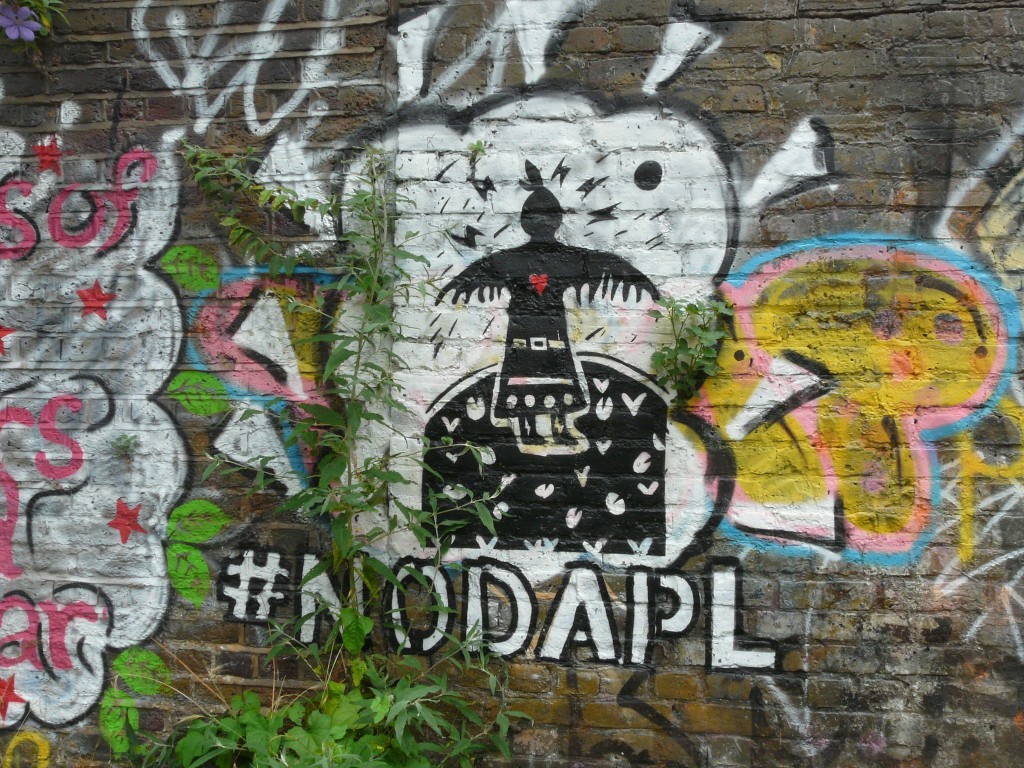
Podcast Summary:
In this special episode of the IEAM podcast, we speak with authors from the special series “Consequences of Modern Warfare on Ecology and the Environment.” The series presents a collection of views from global experts on the broad environmental consequences raised by ecocide as a result of war. We hear from experts on a range of topics including legacy chemicals in Ukraine, the concept of warfare ecology, using remote sensing to track environmental damage when it’s too dangerous to be on the ground, and applying a natural resource damage assessment in Ukraine.
All of our authors acknowledge the importance and priority of addressing the human suffering that occurs during armed conflict. But these experts take a longer, broader view beyond the acute suffering to ask what is needed to sustain the survivors during and especially after the conflict. What will these people need as they rebuild their lives and communities? Access the series in the March 2023 issue of IEAM.
Listen on iTunes.
Read More »








